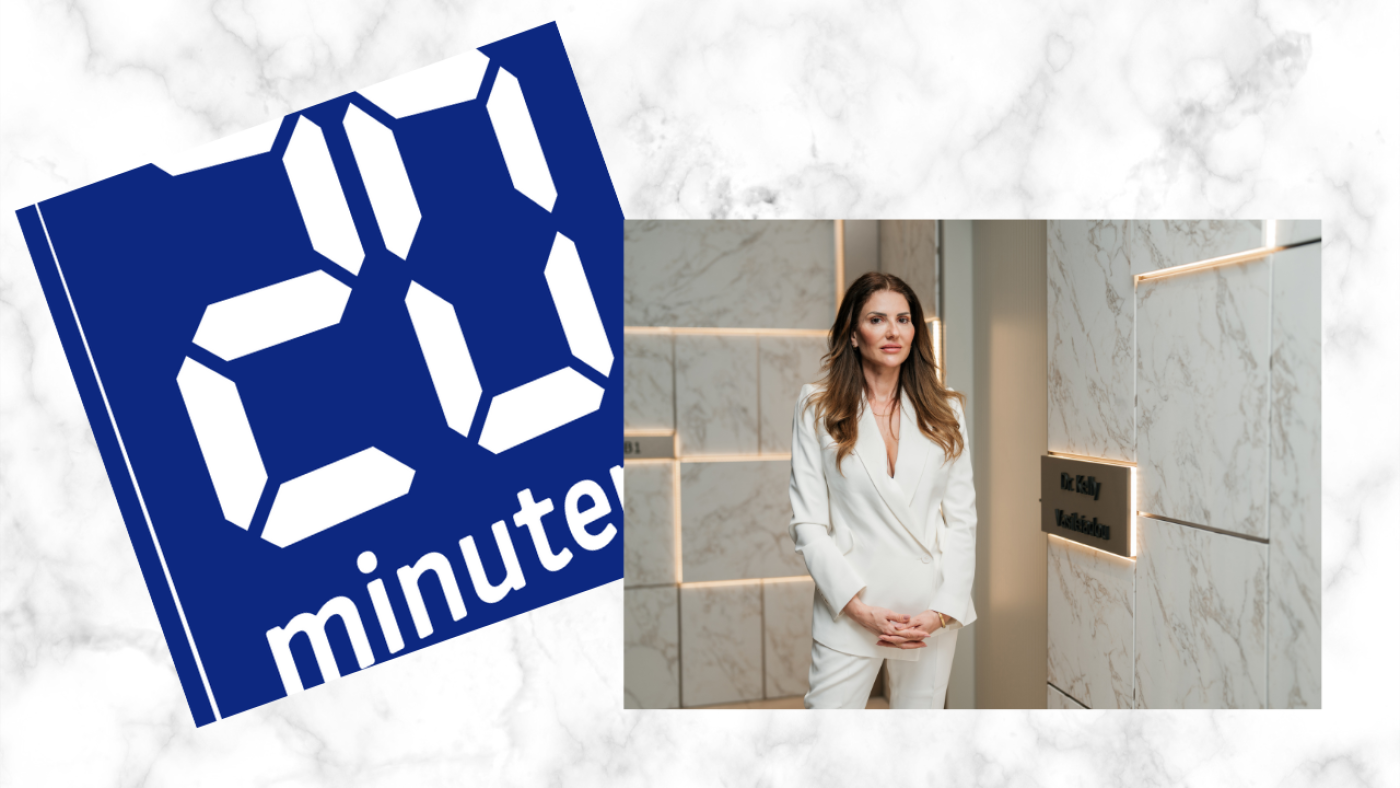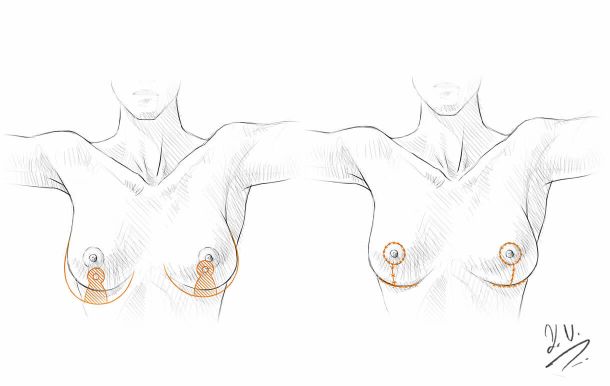Facelifts Are Trending – More and More Younger Patients Are Choosing Surgery by Dr. Kelly Vasileiadou for 20 Minutes (Switzerland)

Quelle:
20 Minuten | Read the full article here
Interview with Dr. Kelly Vasileiadou
The era of Botox and fillers appears to be fading. More and more people – including younger patients – are turning to facelift surgery. A surgeon explains what a facelift can achieve and where its limits lie.
Dr. Kelly Vasileiadou’s Clinic for Plastic Surgery in Zug has seen a remarkable 113 percent increase in facelifts performed over the past year. Not only are patient numbers rising, but the average age is dropping. Most patients are women. “We have noticed this shift for two to three years now. Some of our patients are barely 40,” says Dr. Kelly. In Hollywood, tight and youthful faces are also trending: surgeons speculate that Christina Aguilera (44) and Lindsay Lohan (39) may have had facelifts. Even Kylie Jenner, at only 28, faces similar rumours. None of the three has confirmed any procedures.
Where does this trend come from?
“In the past, facelifts were the only effective method of facial rejuvenation,” explains Dr. Kelly. “When Botox, fillers and modern skin treatments became popular, no one wanted a facelift anymore – especially in Switzerland, where people prefer a subtle and understated look.” Over time, however, it became clear that minimally invasive treatments reach their limits. “People who keep getting more fillers often end up with an overfilled face that looks heavy, still sags, and appears unnatural. Many develop so-called ‘filler fatigue’. Botox and hyaluronic acid do not tighten the tissue. For true improvement, a facelift is often the better option.”
Which facelift methods exist?
“Patients in their early 40s often ask for a mini-facelift,” says Dr. Kelly. The term is not protected, and each clinic defines it differently. “In our clinic, we remove excess skin using minimal, hidden incisions. The result is natural, and the effect lasts between five and eight years – although skin ageing continues.”
The alternative is the deep-plane facelift. “These patients are usually between 45 and 55,” Dr. Kelly explains. This method lifts deeper structures and the underlying musculature. “The skin itself is hardly manipulated, which is why the results look very natural over time.” The incisions are placed in front of and behind the ear and along the hairline at the temples. “When positioned correctly, they are discreet and hardly visible.” The effect lasts at least ten years – with proper skincare, even 15 to 20 years. “After that, one can decide whether another procedure is desired.”
Downtime and recovery
“The downtime after a deep-plane facelift is about seven to ten days, during which the face may be swollen or slightly bruised,” says Dr. Kelly. Bruising is often minimal. “We work with extremely fine instruments and operate deep beneath the skin, so many patients do not develop bruises at all.”
What results can you expect?
“A well-performed facelift should not make you look like a different person – if it does, something went wrong,” says Dr. Kelly. Deep anatomical knowledge and surgical experience are essential. “Natural facial expressions and muscle movement must remain fully intact.”
“A facelift cannot and should not turn back time in an unrealistic way. No one comes in saying: ‘Make me look 20 years younger.’ Patients today simply want to look good, fresh and well-rested for their age,” she explains.
For optimal results, Dr. Kelly often combines the facelift with fat grafting and laser resurfacing. “Laser resurfacing removes very fine layers of skin during the same operation, improving the skin texture.”
Risks and aftercare
As with any operation, postoperative bleeding, bruising or inflammation may occur. Rarely, temporary nerve irritation is possible. Dr. Kelly highlights the importance of a structured follow-up plan: “The first check happens one to two days after surgery. After that, patients return weekly for six weeks to optimise healing and scar quality. The final check-up takes place six months after the facelift.”
Modern supportive treatments such as lymphatic drainage, LED therapy and anti-inflammatory medical skincare can accelerate the healing process.
How much does a facelift cost?
In the Dr. Kelly® Clinic in Zug, the approximate prices are:
– Mini-facelift: CHF 15,000
– Deep-plane facelift: CHF 19,000
– Deep-plane facelift combined with fat transfer and laser resurfacing: CHF 27,000
Learn more about the facelift options at Dr. Kelly®: Surgical Facelift – Dr. Kelly® Clinic
Über Dr. Kelly
Dr. Kelly Vasileiadou
Weitere Artikel

Dr. Kelly® | Aesthetic Surgery and Medicine
by Dr. Kelly Vasileiadou
Luzernerstrasse 72
CH-6333 Hünenberg See
Mo – Fr 9 - 6.30 pm
Sa – So closed















